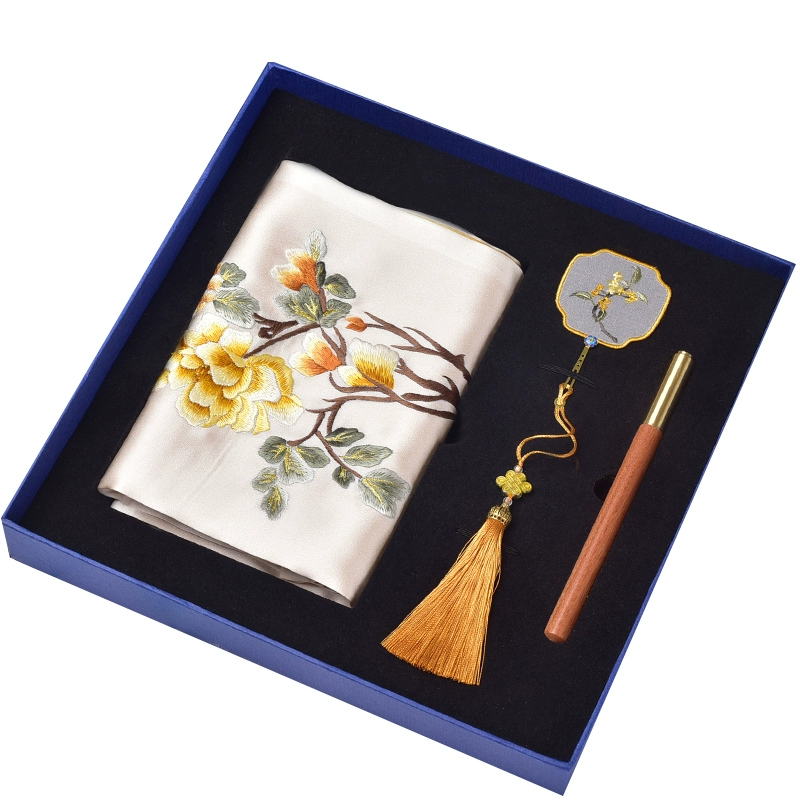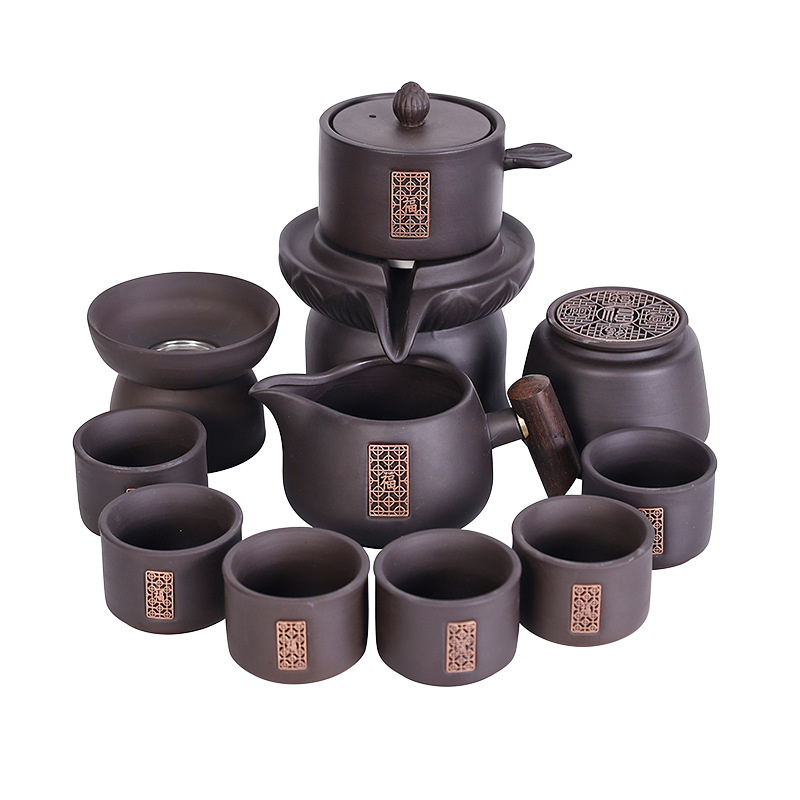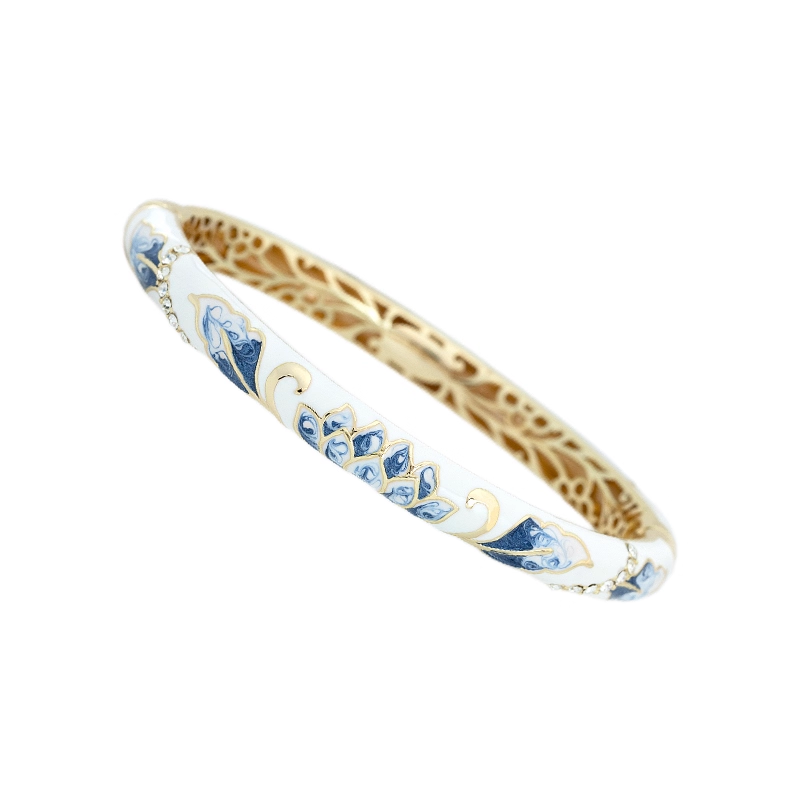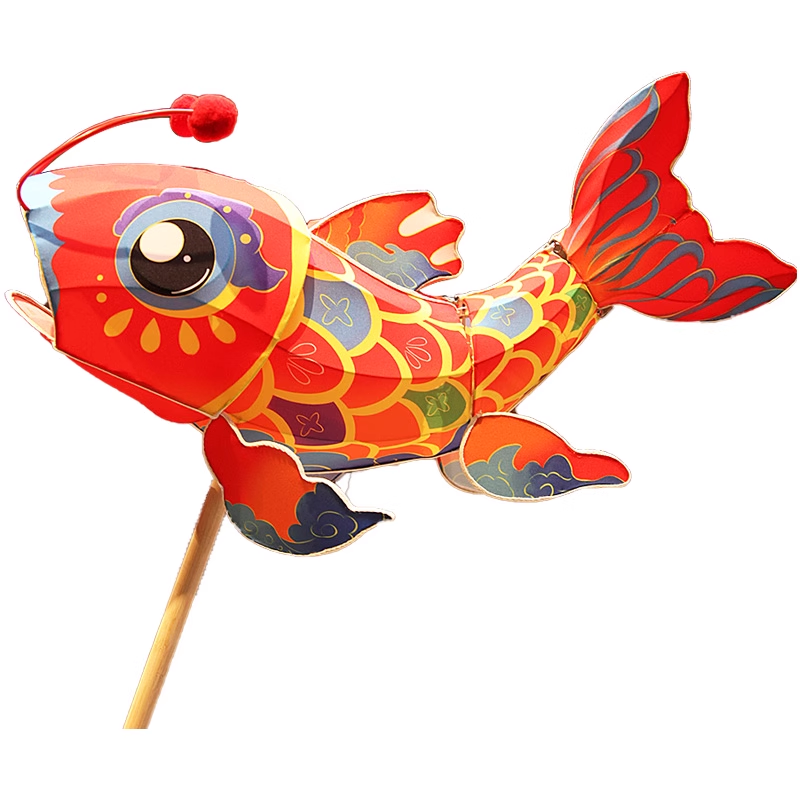Brocade: The Millennium Splendor Woven by Warps and Wefts
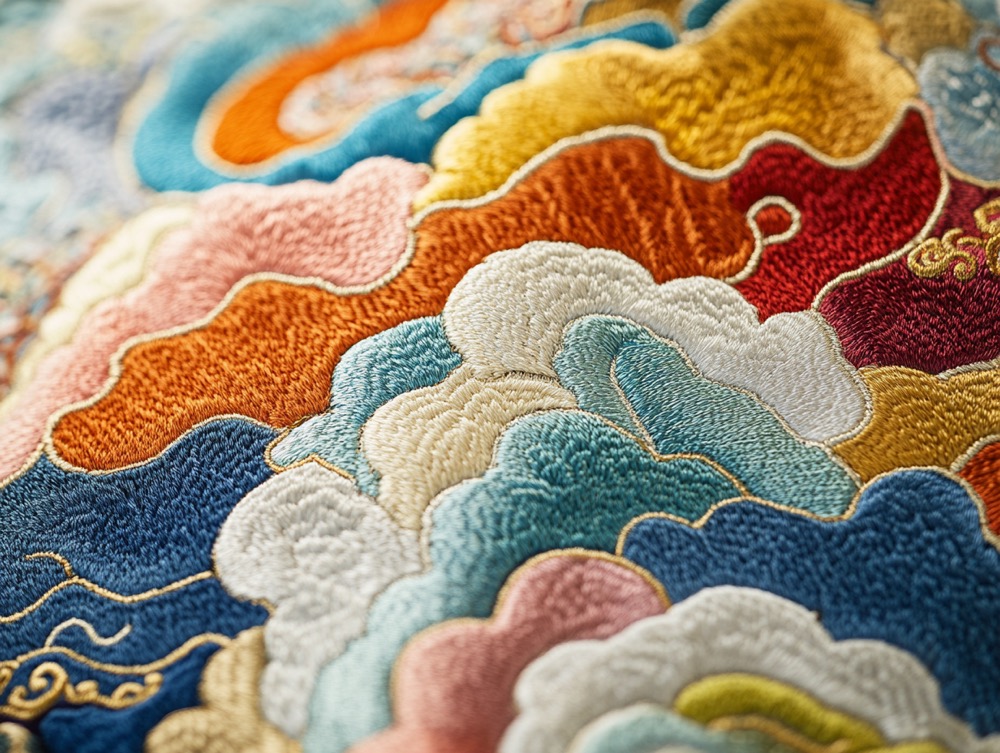
As the pinnacle of traditional Chinese silk-weaving craftsmanship, brocade has shone for thousands of years in the long river of Chinese civilization, earning the prestigious reputation of “an inch of brocade is worth an inch of gold”. It perfectly combines the softness of silk with exquisite weaving techniques, creating timeless artistic treasures through the interweaving of warps and wefts. Not only is it a crystallization of the aesthetic taste and wisdom of ancient Chinese people, but it also serves as a crucial carrier for conveying the charm of Chinese culture to the world today.
The history of brocade can be traced back to the Shang and Zhou dynasties, when simple jacquard brocades already appeared, used for decorating noble costumes and ritual utensils. During the Warring States Period, the “warp-brocade” craftsmanship matured. The “Cloud-Riding Embroidery” brocade unearthed from the Mawangdui Han Tomb in Changsha, Hunan Province, with cloud patterns as its main design, features smooth lines and brilliant colors, bearing witness to the superb level of early brocade craftsmanship. The Tang Dynasty witnessed a leap in brocade-making techniques: “weft-brocade” replaced warp-brocade as the mainstream, boasting richer color matching and more complex patterns. Shu Brocade from the Western Shu region (modern-day Sichuan), renowned for its fame as “the official brocade city is heavy with flowers”, became a tribute to the imperial court and a key trade commodity on the Silk Road, being sold far to Central Asia, West Asia, and even Europe. In the Song and Yuan dynasties, the variety of brocades continued to expand, and Song Brocade, characterized by realistic flower and bird patterns, emerged. Its unique “warp-alignment and weft-returning” technique and elegant patterns earned it the title of “the crown of brocades and embroideries”. During the Ming and Qing dynasties, Nanjing Yunjin (Cloud Brocade) rose to prominence, famous for its “zhuanghua” (make-up flower) technique. With bold and intense colors and magnificent patterns, it was specially made for the royal family to produce dragon robes and ceremonial brocades, becoming the culmination of brocade art.

China boasts a wide variety of brocades, each with distinct regional characteristics, jointly forming a splendid brocade map. Shu Brocade is famous for its “bright colors and rich patterns”. Classic patterns such as “round flowers” and “scroll grass patterns” not only retain traditional charm but also incorporate contemporary elements, and it remains a cultural symbol of Chengdu today. Produced in Suzhou, Song Brocade is characterized by its “delicacy, lightness, and elegant patterns”, often featuring themes like landscapes, figures, flowers, and birds. Suitable for mounting calligraphy and paintings, it has the reputation of “Song Brocade for mounting paintings lasts for ten thousand years without decay” and was inscribed on the UNESCO Representative List of the Intangible Cultural Heritage of Humanity in 2009. Nanjing Yunjin stands out for its “grandeur and magnificence”. Its “zhuanghua” technique allows the use of dozens of colors on the same fabric, even achieving “different colors for the same pattern” (where the same design displays different colors), which is hailed as a miracle in silk-weaving craftsmanship. In addition, ethnic minority brocades such as Guangxi Zhuang Brocade and Yunnan Dai Brocade are distinguished by their distinctive ethnic styles. Their patterns, mostly derived from nature and daily life—such as the “butterfly pattern” and “swastika pattern” in Zhuang Brocade—carry the cultural memories and life aspirations of ethnic minorities.

The charm of brocade stems from its unique weaving process. Every step from raw material selection to the completion of the final product embodies the dedication of craftsmen. First, high-quality silk is carefully selected and undergoes multiple processes such as scouring and dyeing to produce threads with pure colors and strong toughness. Then, based on the designed patterns, craftsmen arrange complex warps and wefts on the flower tower (a component of traditional weaving looms). For some brocades like Nanjing Yunjin, the pre-weaving “tiaohua jieben” (pattern drafting by tying knots) process alone can take several months or even years—craftsmen need to convert the design into a “pattern book” woven with silk threads, which serves as a “blueprint” for weaving. During the weaving process, craftsmen sit in front of the flower tower loom, lifting the pattern with one hand and throwing the shuttle with the other. Weaving just one inch of brocade often requires thousands or even tens of thousands of interweavings of warps and wefts. Taking the “zhuanghua” technique of Yunjin as an example, craftsmen need to constantly change wefts of different colors while weaving. Through the method of “interrupting wefts while keeping warps continuous”, the patterns achieve rich and varied colors. A Yunjin work of medium complexity usually requires the cooperation of two craftsmen and takes several months to complete, which clearly demonstrates its preciousness.
In modern society, brocade has not faded with the changes of the times; instead, it has gained new vitality through inheritance and innovation. On one hand, traditional brocade craftsmanship has received systematic protection. Brocade inheritance bases have been established in various places, and veteran craftsmen pass down the millennium-old techniques to the younger generation through the “master-apprentice” model. On the other hand, brocade continues to integrate with modern life and the fashion industry. Designers incorporate brocade elements into clothing, accessories, and home decorations—on high-end fashion shows, dresses made of Shu Brocade fabric fully display Oriental elegance; in the home market, Song Brocade cushions and tapestries add a cultural atmosphere to spaces; in the cultural and creative product sector, notebooks and scarves inspired by Yunjin patterns have become popular souvenirs sought after by tourists. Moreover, brocade has made frequent appearances on the international stage. From the Yunjin costumes in the opening ceremony of the Beijing Olympic Games to the brocade artworks at the China International Import Expo, the world has witnessed the unique charm of Chinese brocade, promoting this millennium-old craft to become a cross-border cultural symbol.
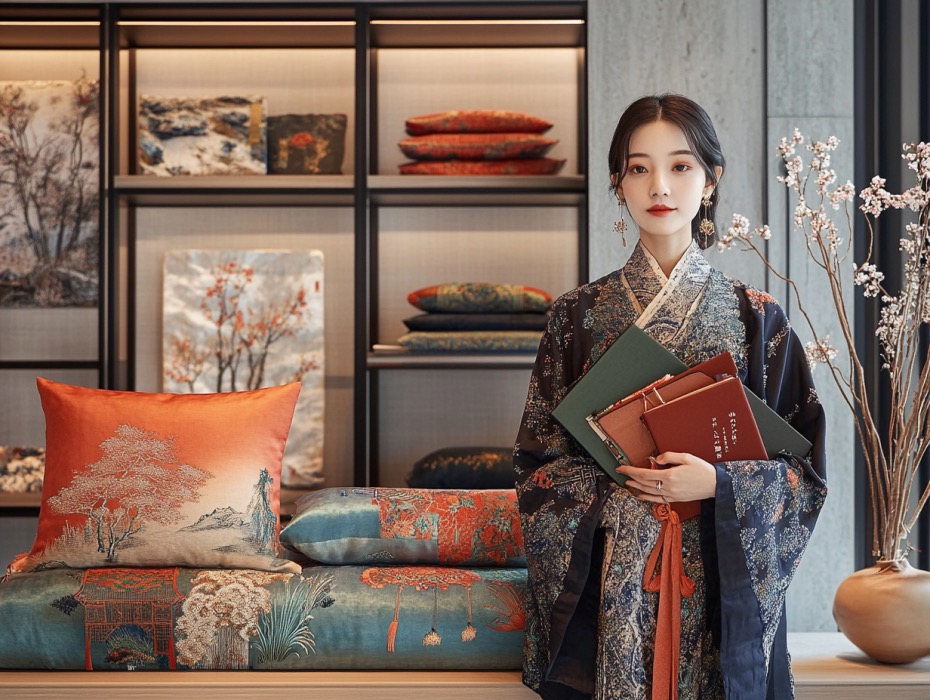
From the simple warp-brocades of the Shang and Zhou dynasties to the gorgeous weft-brocades of the Tang Dynasty, and to the modern brocades that integrate inheritance and innovation today, this art form—with warps and wefts as brushes and silk threads as ink—has always carried the Chinese people’s pursuit of beauty and adherence to culture. It is not only a collection of exquisite fabrics but also a series of vivid historical records and wordless cultural anthems. In the new era, it continues to showcase its splendid posture and tell the millennium-old stories of China to the world.
